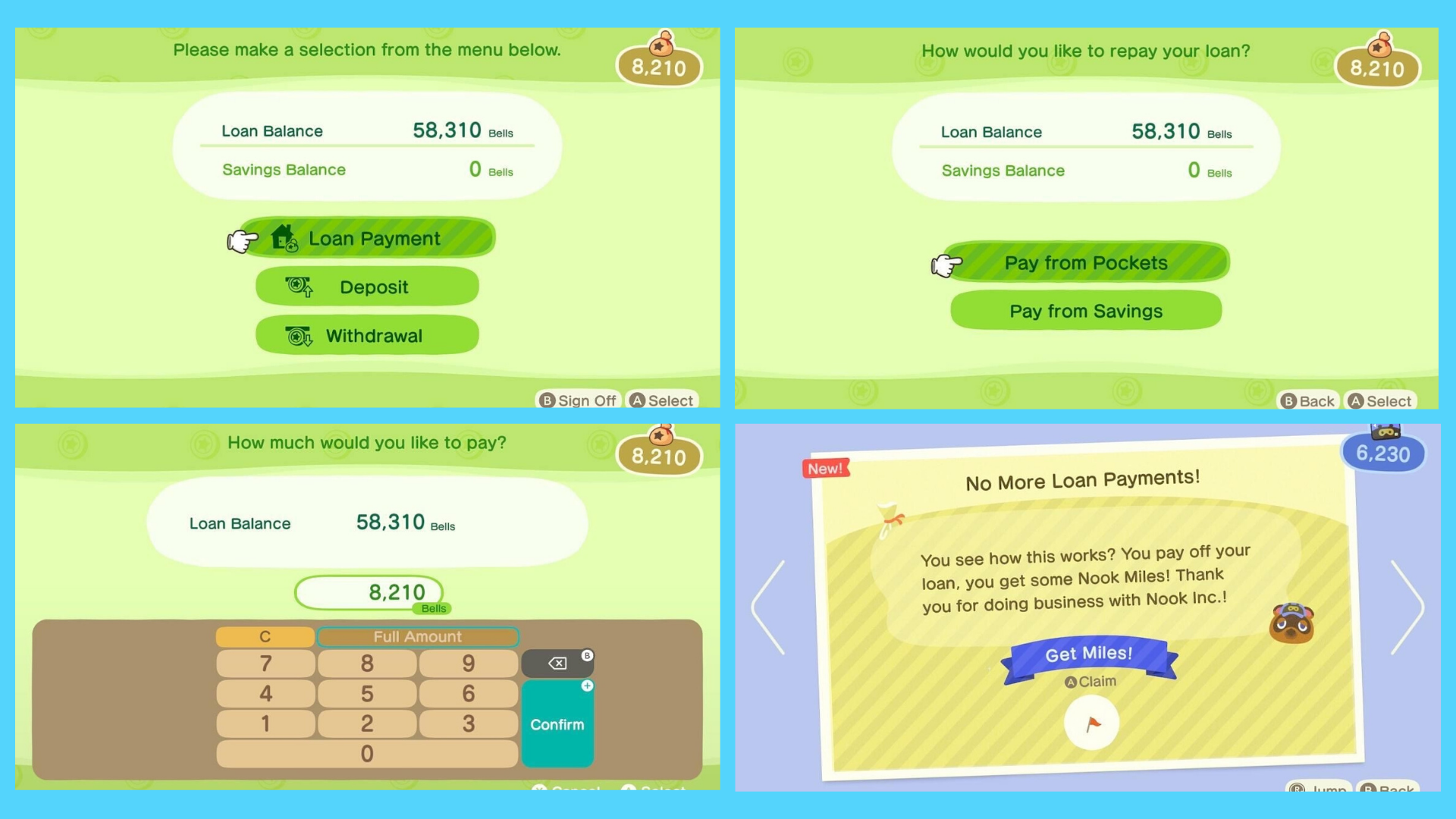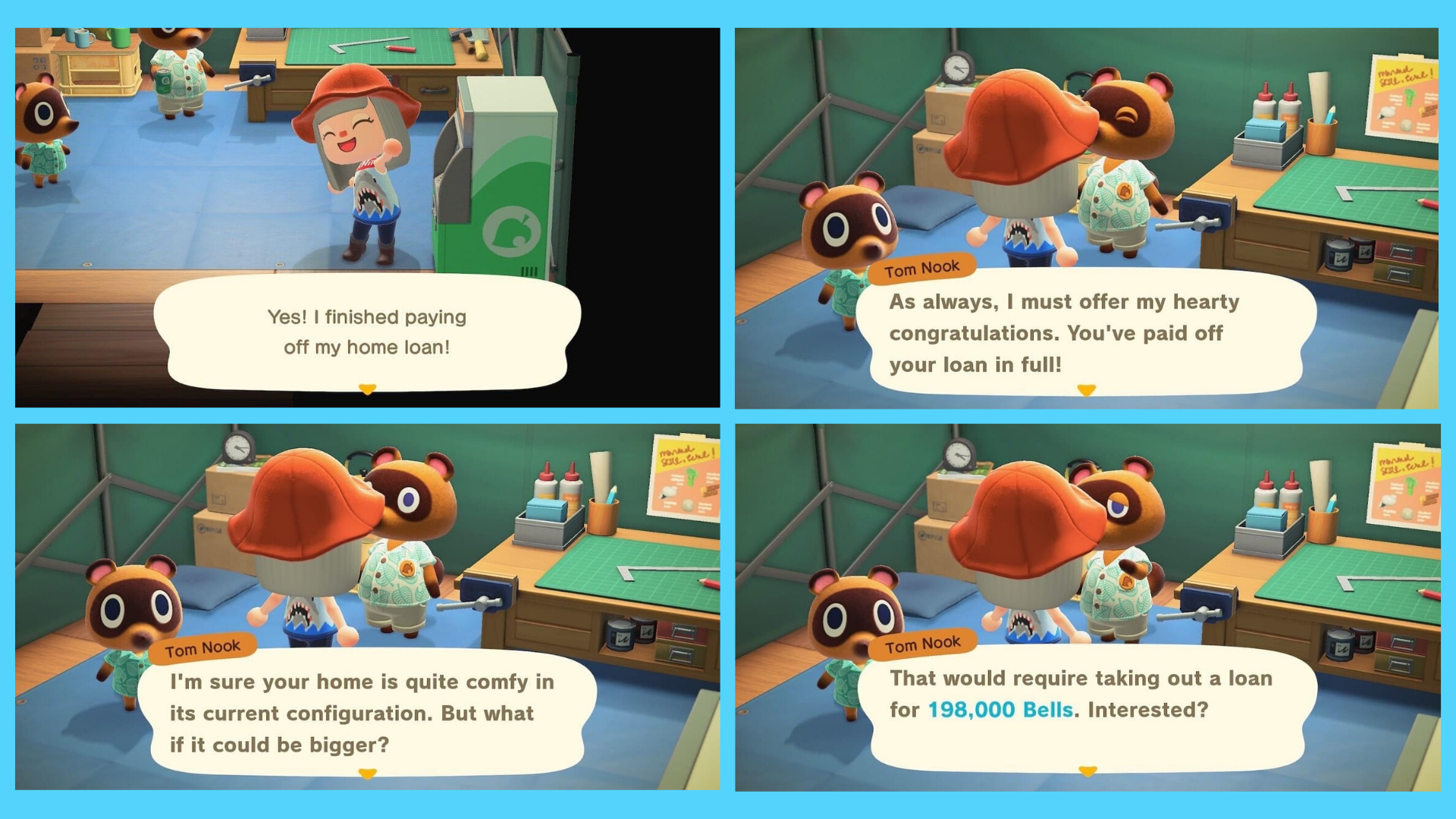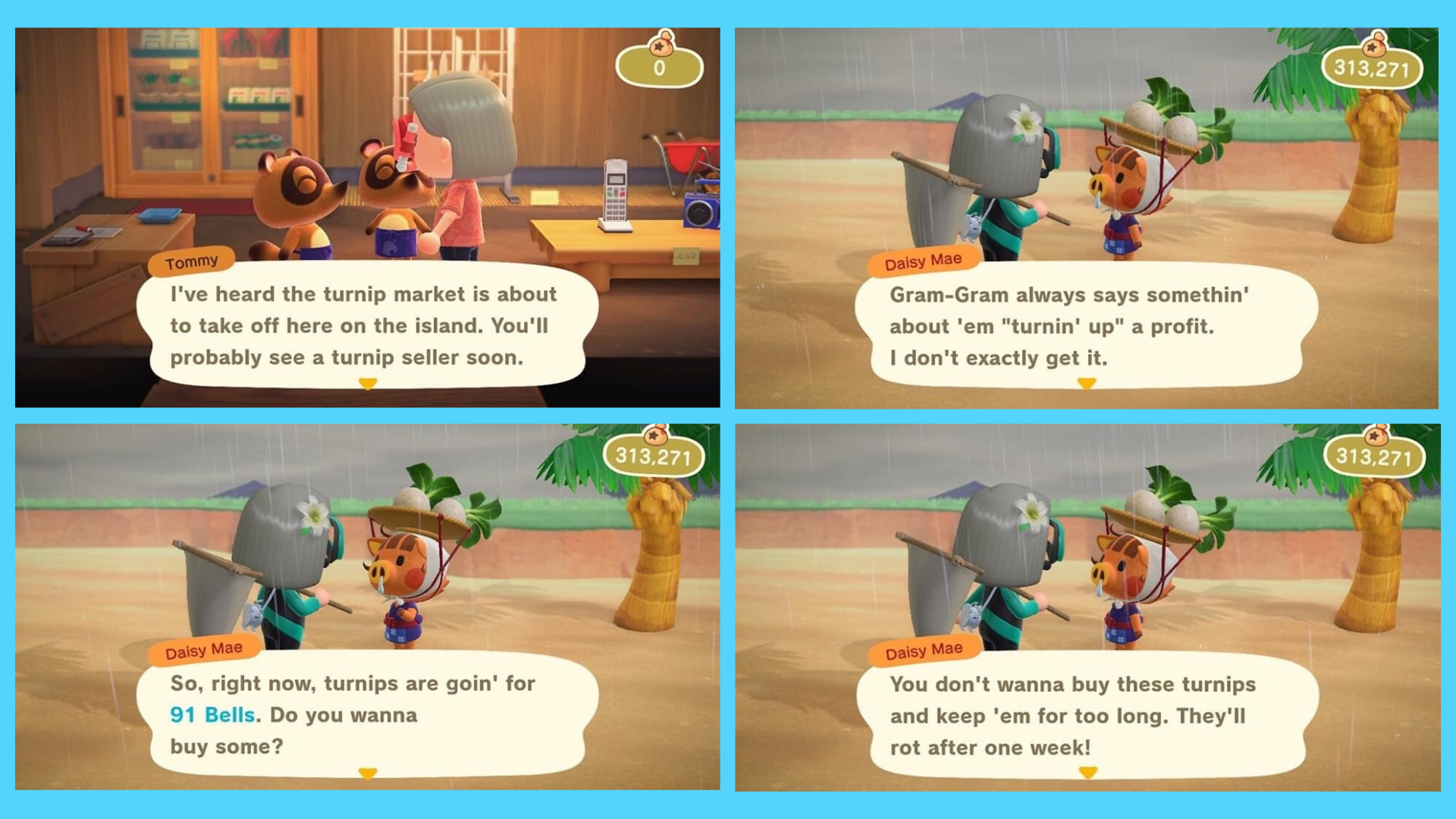By
Wednesday, July 15, 2020
All it took was a pandemic to turn a 19-year-old video game franchise into one of the most popular ways to waste time at home. I’m talking about Animal Crossing: New Horizons (ACNH).
What is ACNH? You start the game by agreeing to move to a deserted island being developed by a somewhat shady raccoon named Tom Nook. Tom is big on upselling. He will always convince you to borrow more money in order to buy and build bigger and better things for your new island home. Through the course of the game, you gradually develop the island into your own paradise, all while making friends with talking animals.
ACNH was released on March 20, 2020. The franchise began in 2001, but the latest game, exclusively available on the Nintendo Switch, has sold more than 13 million copies. It sold more in its first six weeks than any previous Animal Crossing game. Getting your hands on a copy of the game is easy, though don’t look for a drop in price anytime soon. It sells for close to $60. But getting the console you need to play the game may be challenging. As Forbes reported in April, gamers had better luck finding toilet paper than a Switch. What’s causing the shortage? Well, a few things, all related to supply and demand. The Switch is manufactured in China, and the pandemic forced factory shutdowns, meaning supply dropped. This happened at the same time as an increase in demand (though the Switch was certainly popular before the pandemic). But there’s an even bigger problem driving shortages: bots buying up stock before it can reach store shelves. Once the bots have done their job, the folks who use them can then resell the Switches on eBay or Amazon at a huge premium. Switch’s retail price is around $300, but a quick look at Amazon right now will show you consoles selling for $500.
But enough about the real world supply and demand issues, let’s talk about the in-game economics. I’ve been playing the game myself for about two weeks, and here are the financial concepts I’ve encountered so far:
- Loans, Financing, and Home Ownership
- Fundraising
- Donating
- Supply and Demand
- Producers and Consumers
- Goods and Services
- Return on Investment
- Stock Market
There are two types of currency in the game. Bells and Miles. Think of Bells as cash. Think of Miles as rewards points. You can earn Bells by selling a number of consumable products that you can collect on your island, such as fish, insects, fruits, wood, and minerals. You earn Miles through experience. So what do you do with all this currency? Well, you buy stuff. Lots of stuff. Let me breakdown some of the above financial concepts with examples.
Loans, Financing, and Home Ownership
When you first move to the island, you immediately owe Tom Nook 5,000 Miles for moving expenses and a tent to live in. These first 5,000 Miles are easy to earn, so you’re able to pay off your debt within your first day of playing. From that point on, each improvement of your living quarters, from a one-room house to a six-room mansion results in you taking out additional mortgages. In total, you will spend 5,696,000 Bells to reach mansion status. (For the record, my home currently has four rooms, and I still owe about 250,000 Bells on my most recent home expansion.) Loans and financing are real world things that adults understand, but these are new concepts for many of the children playing the game. What’s different about ACNH is that these are zero-interest loans and you can take as much time as you want in repaying your mortgage. No late fees!


Donating
As I mentioned above, the primary method for earning Bells in the game is through gathering and selling consumable items you find around the island. Some of these items are incredibly common, others are rare. As you might imagine, goods that are harder to find fetch a higher price when you sell them. For example, a Coelacanth (a type of fish that’s critically endangered in reality) sells for 15,000 Bells. That’s some serious money that could be used toward paying off your debt or buying cool new stuff. But the game encourages you to donate one of every type of creature, fossil, and piece of art found on the island. These donations are then placed on display in an elaborate museum. ACNH players are quite proud of their museums. I know that I was particularly excited when I caught my first Great White Shark, and even though I could have sold it for a lot of Bells, I donated it to the museum so I could regularly visit and watch it swim. I’m still searching for the elusive Coelacanth. The concept of donating in the game is interesting. The reward players receive for donating is not monetary, but they do receive a great deal of satisfaction in working toward a complete museum collection.

Supply and Demand
While most sellable items in ACNH have a set price, there are times you can earn extra income. For example, Timmy and Tommy Nook, who buy anything you find on the island, have a “hot item” every day. This is an object that you can craft using raw materials you find on the island. My first “hot item” was a simple wooden nightstand. By harvesting wood from every tree on my island, I was able to make several dozen and sell them at a marked up price. There are other ways to maximize profits. Some of the animal characters in the game have particular appetites. For example, C.J. is a beaver who will occasionally visit your island and pay 1.5x more for fish than Timmy and Tommy will pay.
Stock Market
No discussion of Animal Crossing: New Horizons would be complete without talking about turnips. Yes, turnips. Each Sunday, an animal character named Daisy Mae will arrive on your island to sell turnips. The cost of the turnips varies from island to island. For example, mine cost 108 Bells earlier this week, while a friend of mine reported her cost as 103 Bells. Fortunately, we found another friend who had turnips for 92 Bells each. We immediately visited his island to buy as many turnips as we could carry. Why? Because throughout the rest of the week, we will have the opportunity to sell our turnips for a huge profit (or loss). You have just one week to sell turnips bought on Sunday, before they rot. On Monday, I checked the value of turnips on my own island, and I could sell them for 142 Bells each. Yes, it’s a profit, but last week I sold my turnips for 459 Bells each! As with the real world stock market, the goal is to buy low and sell high. I want the best return possible, so I start by asking my friends about the prices on their islands. If they have an exceptionally good price, I simply travel to their island to sell. But if they don’t have good prices either, that’s when I turn to the internet. ACNH players from around the world use social media, apps, and websites to communicate about turnip prices and negotiate island visits. One of the more popular apps is called ACNH Exchange. On it, players can post their current turnip prices and agree to host other players on their islands. But there’s a catch. The lines are long (I’ve seen lines up to 13 hours long), and hosts often demand high value items in exchange for allowing you to visit. This is when a player must consider the return on investment. Is the time spent in line and the fee for accessing the island worth it? I got lucky last week and was able to visit a friend’s island to sell my turnips. There was no wait, and the friend didn’t charge me any fee. This week, I have 2,000 turnips to sell, so now I’m aggressively looking for the best price with the lowest fee and shortest wait.

Economic Education
All of the above commentary might make you think Animal Crossing: New Horizons is a stressful game. Personally, I find it incredibly relaxing. It’s also been a fun new thing to do with my friends while we’re all social distancing. My ACNH character can visit their islands, and they can visit mine. It’s a safe way of hanging out together.
What I wasn’t expecting when getting the game was the economic education built into it. The financial concepts explored in-game and the real world economics that have evolved with the game’s popularity make it all the more interesting for me, as someone who educates others about personal finance and investment fraud. If you’re looking for a fun way to introduce your children to some basic financial concepts, Animal Crossing: New Horizons might suit your needs. Just make sure you have conversations offline about differences between the game and reality.
Meanwhile, I’m going to look for ways to integrate Animal Crossing into the activities and presentations we offer for kids. I encourage you to take a look at what we already have to offer by checking out a previous blog post.
If you want a lot more in-depth information about the economics of Animal Crossing, here are some of the articles I read before writing this blog post:
- What Animal Crossing: New Horizons Can Teach You About Finance – Investopedia
- Why is it Almost Impossible to Buy a Nintendo Switch Right Now? – Forbes
- The Quiet Revolution of Animal Crossing – The Atlantic
- A Marxist Plays Animal Crossing: Why We Must Eat the Turnips – Polygon
- Animal Crossing’s Massive Popularity Has Made it Less Like Paradise and More Like Wall Street – The Washington Post
Blog topics: Budgeting, Credit, Investing, Archive
The MoneyWise Matters blog has a wealth of information about managing money and avoiding fraud. You can look through the complete archive here.
